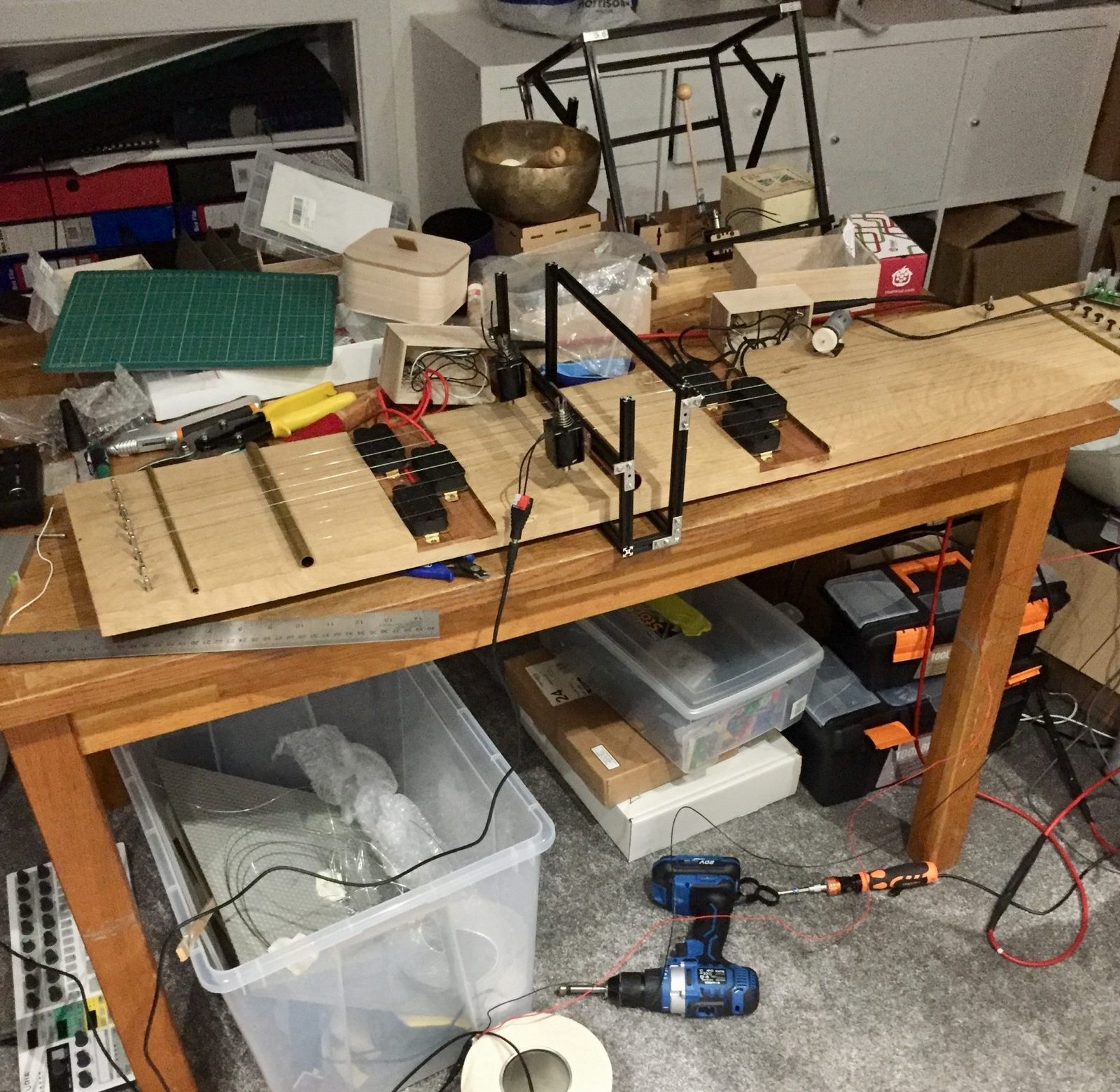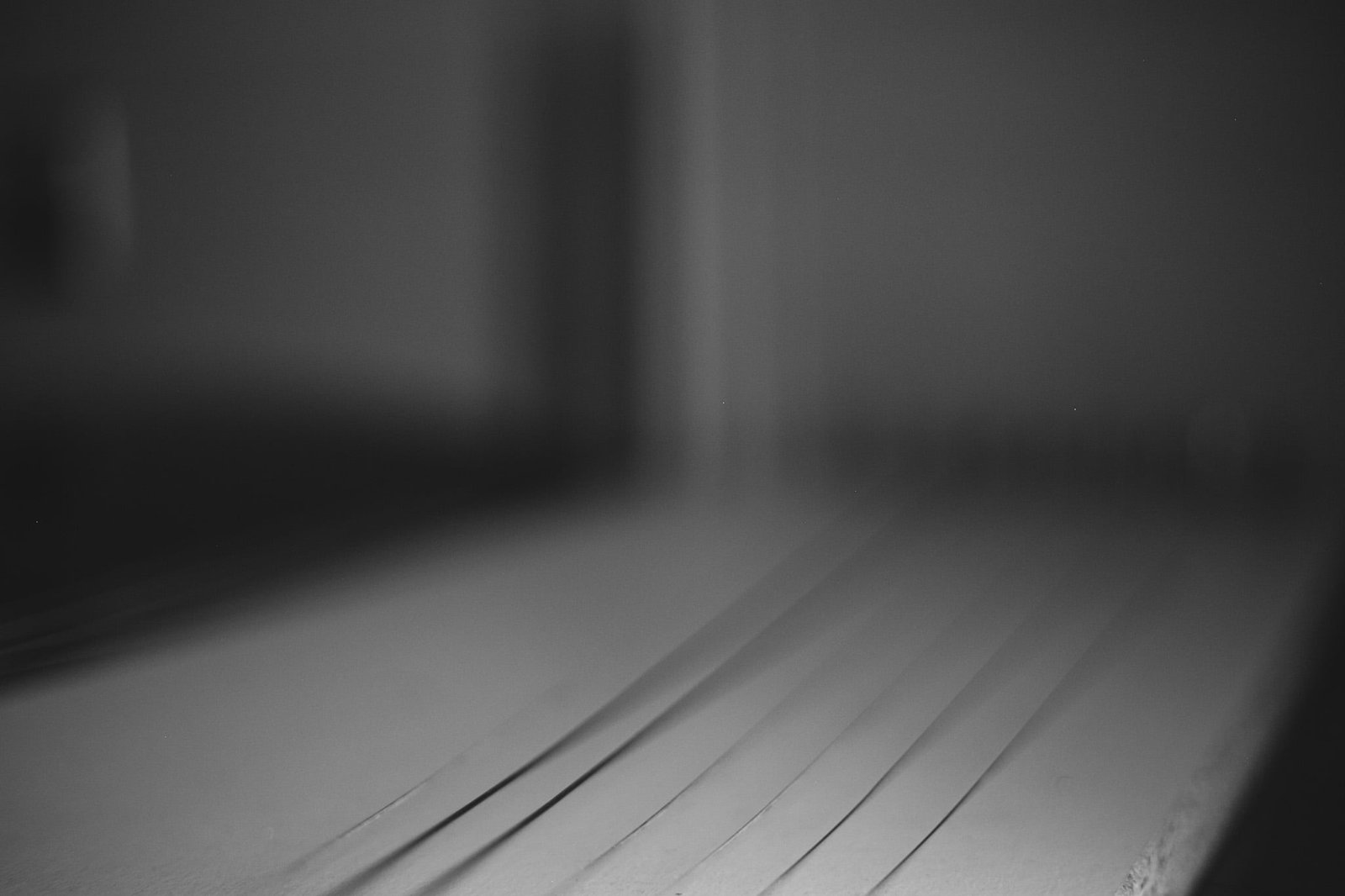Ideation
Avoiding formulaic thinking
There is something about the creative process that is mysterious. Where do ideas come from, and especially good ideas. It may be that you are used to working a certain way, within certain parameters, for example making house music for dancing. This is fine as far as it goes but, to be released creatively, it is important not to get too fixed in a single process. Many of my better ideas, even within the confines of dance music, have come from experimenting in ways that I wouldn’t consciously connect with that style of music. I am certain that this is the case with many creative people.
It is easy to start creating music within a formula that you know works, and to lose sight of the creative part of the process. In neurological terms, this is the process whereby the creative aspects are handed over to the more pattern-oriented and logical parts of the brain. Creativity is taking second place to efficiency, with the subsequent loss of truly original ideas, and with the process taking over the position of importance from the actual creative output. I have been reading about this exact process recently in Iain McGilchrist’s incredible book ‘The Matter with Things’.
This has happened to me on occasions, when I had spent too much time touring and not enough time creating. The creative mind had handed over duties to the pattern-oriented part of the brain and the music that came out sounded ‘by the numbers’ and totally uninspired. I couldn’t understand how I was suddenly outputting average music with no sense of life to it. I had to work hard to re-inspire myself, and to remember how I used to experiment to come up with ideas. It was a disconcerting feeling and I never forgot it.
Headspace
Ideas can come from anywhere, the main trick being open to what comes and not blocking your own access to creativity by allowing the intellectual mind undue influence over the process. It is important to be in a receptive, relaxed state of creative flow if possible; a state which allows ideas to come naturally without too much second-guessing and analysis.
I used to sometimes struggle to come up with dance EPs or remixes for labels who had an expectation for a certain kind of output, as the creative process was being artificially contained and coerced by the intellectual faculty. The successful dance records I did make came from a place of unfettered creativity, probably interspersed with 10 or 20 other tracks of different types and qualities which never saw the light of day, or which belonged to different projects.
Sometimes creating to order is a necessity, as in the world of media music, but even here I find it best to simply set a few internal parameters and then get to work creating a multitude of new ideas of various types based on those initial stipulations. These ideas can then be honed and dealt with on a more intellectual footing to make them fit to picture or work with a particular scene, without affecting the important initial creative phase.
It is important to be released from the (often self-propagated) myth of the creative genius who has ideas tumble fully-formed into the world, like perfect conceptual babies that arrive toilet-trained and able to rustle up their own meals.

An example of a hideous workspace and of a process of experimentation in action
Inspiration from a new instrument
A new instrument, whether hardware or software, can provide a new palette of sounds and timbres, and prompt a burst of inspiration. It may also provide a totally new approach from previously available instruments, or lower the threshold of access. This is what happened at the birth of techno, when Roland’s TR909 drum machine, and a range of more affordable synths inspired a generation of musicians to make music that was partly dictated by the qualities of those machines. Working around the limitations of those machines was also a creative act, with different artists finding ways to make use of the foibles and eccentricities of the various manufacturers. Many of my albums have had a certain instrument take centre stage at the point of creation, often dictating to a large extent how the album sounds.
Inspiration from new processes
Sometimes a particular way of working can inspire a whole raft of new material and creative output. This could be the discovery of recorded sound rather than using instruments (as happened with ‘musique concréte’), or limiting oneself to only using particular sound sources. A new DAW might also open up new creative avenues, based solely on its way of organising and working with sound. When I first bought Symbolic Sound’s Kyma it created a whole new way of working that I found deeply inspiring.
Other limitations
Sometimes other parameters can be limited or altered to create a new framework for creation. Perhaps the place where creation occurs, such as moving to a rented studio in the country, can open up possibilities which were unknowingly stifled by the habitual practices in your usual place of work. This could also mean a limited range of possible instruments, a limited number of multi-tracks or sound sources or even a single sound source treated in many ways. Tuning systems and scales also proved to be an extremely effective way for me to inspire new creative thought. Being able to sit down at the keyboard and not knowing what note was coming next opened up a whole new way of interacting with the writing process. When I discovered alternative tuning systems the two OWM albums appeared extremely quickly as a result of the fresh outlook.
Conceptual
Ideas that emerge from books or observations have a special place in the creative process. This is when the more artistic expression comes to the fore, converting an abstract concept into a musical idea in a way that will be totally unique to you. This may be a concept from psychology or mythology, an idea derived from a piece of litter, or from watching an insect go about it’s life. Inspiration can strike a nerve at any point, but it is important to flesh it out quickly while the idea still has life. My notebooks are filled with ideas which once had life but which now read with marginally more interest than a shopping list for a bunch of things I quite like.
Algorithmic
Ideas that can be mathematically oriented, follow fixed pitches, or obey certain rules. You may set your own parameters and limitations or you can allow these limits to be dictated by an external source such as statistics or a mathematical algorithm.
Chance
If removal of the intellectual process from creation can open us up to creative possibilities, then this is the logical conclusion: the removal of the reasoning mind from the equation by setting up a chance process (eeeeurgh mind-loop). You can thus be said to be surrendering your decision-making mind and allowing higher forces to work through you, perhaps creating a music of ‘natural’ or ‘universal’ form. John Cage probably worked more in this direction than any other modern composer, allowing pure chance and his understanding of the Zen traditions to dictate his musical decisions. You can do the same using a vast range of different potential processes, whether chaos theory or the I Ching, and with the potential to add a symbolic layer of meaning by your choice. A friend recently created a suite of music using the electrical impulses from fungi to create the MIDI notes.



